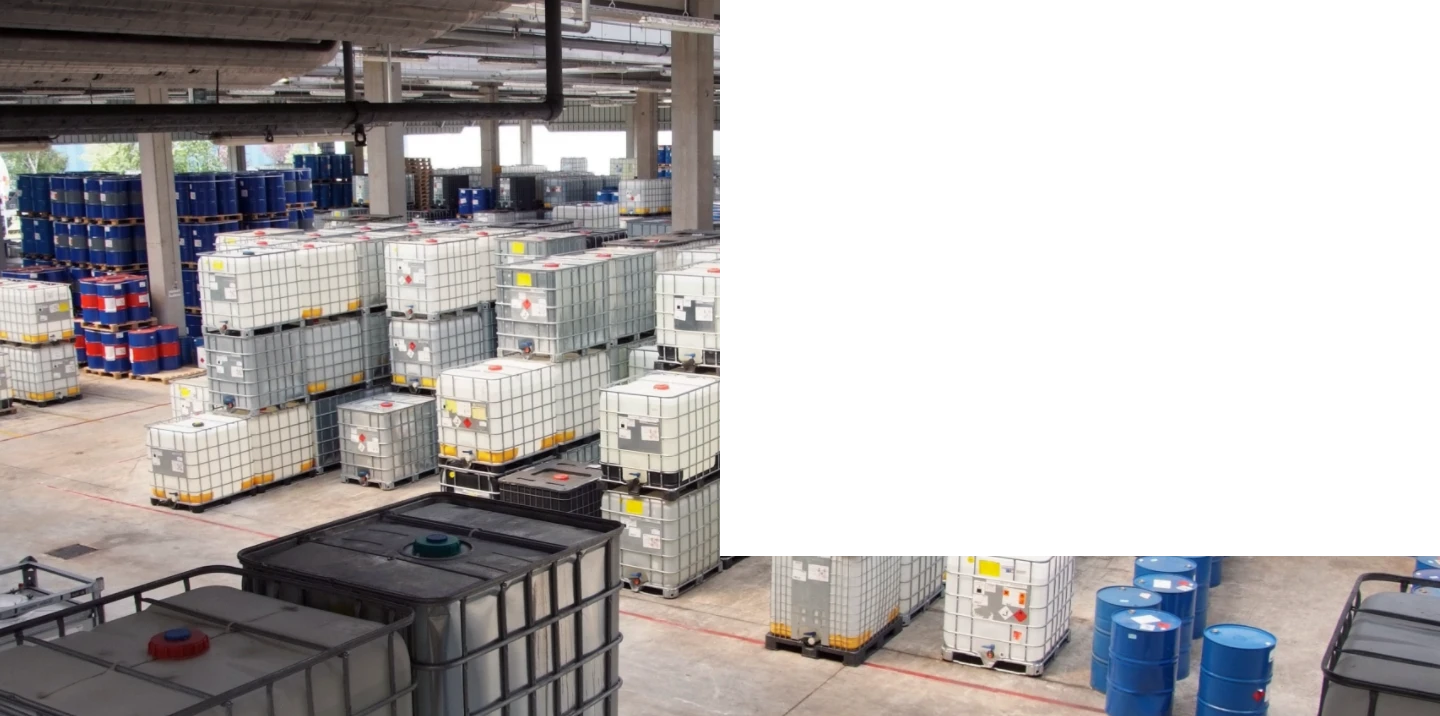



sodium hydroxide from salt water
The Production of Sodium Hydroxide from Salt Water
Sodium hydroxide, commonly known as lye or caustic soda, is an essential chemical in various industries, widely used in the manufacture of soaps, detergents, paper, and textiles, as well as in water treatment processes. One of the most efficient sources for producing sodium hydroxide is salt water, or brine, which contains a high concentration of sodium chloride (NaCl). The extraction of sodium hydroxide from salt water is both an economical and an environmentally friendly approach, making it relevant in today's industrial applications.
The primary method for producing sodium hydroxide from salt water involves a process called electrolysis. This process takes advantage of the electrochemical reactions that occur when an electric current is passed through an ionic solution, such as brine. The setup typically includes an electrolytic cell, which contains an anode and a cathode separated by a membrane. When electric current is applied, sodium ions (Na+) from the salt water migrate towards the cathode, while chloride ions (Cl-) move towards the anode.
At the anode, chloride ions are oxidized to form chlorine gas (Cl2). This gaseous by-product is often collected and utilized in other industrial processes, including the production of bleach and disinfection agents. Meanwhile, at the cathode, water is reduced, producing hydrogen gas (H2) and hydroxide ions (OH-). The generation of hydroxide ions leads to the formation of sodium hydroxide when they react with sodium ions in the solution. The overall reaction can be summarized by the equation
\[ 2NaCl + 2H2O \rightarrow 2NaOH + Cl2 + H2 \]
sodium hydroxide from salt water

One of the advantages of producing sodium hydroxide via this method is the efficient use of raw materials. Since brine is abundant and relatively inexpensive, it provides a sustainable feedstock for the electrolysis process. Furthermore, the simultaneous production of chlorine and hydrogen gases presents opportunities for value-added manufacturing, creating an integrated chemical production system that maximizes resource utilization.
In addition to its economic and environmental benefits, producing sodium hydroxide from salt water also aligns with the growing emphasis on sustainable practices within the chemical industry. As industries seek to reduce their carbon footprints and minimize waste, the electrolysis of salt water stands out as a cleaner alternative to traditional methods, which may rely heavily on fossil fuels or generate significant waste.
However, challenges remain in the large-scale implementation of this process. The efficiency of electrolysis can vary based on factors such as temperature, concentration of brine, and the condition of the electrolytic cell. Furthermore, careful management of the by-products, particularly chlorine and hydrogen gas, is essential to ensure safety and compliance with environmental regulations.
In conclusion, the production of sodium hydroxide from salt water through electrolysis represents a promising avenue for chemical manufacturing. With its economic feasibility and potential for sustainability, this method might play a significant role in meeting the increasing global demand for sodium hydroxide while contributing to greener industrial practices. As technology advances and production techniques are refined, we may see a broader adoption of this method, ultimately leading to a more sustainable approach to chemical production.
-
High-Purity Strontium Chloride (SrCl2) for Lab & IndustryNewsAug.31,2025
-
Anhydrous Formic Acid 80% 85% 94% - High Purity SolutionsNewsAug.30,2025
-
Accurate Fire Assay Flux for Gold & Silver Ore AnalysisNewsAug.29,2025
-
Advanced Paint Chem Solutions: Quality Chemicals for CoatingsNewsAug.28,2025
-
Potassium Nitrate: The Ultimate Fertilizer for Agriculture and GardeningNewsAug.25,2025
-
Potasium Persulphate: A Versatile Chemical for Industrial ApplicationsNewsAug.25,2025
-
Industrial Applications of Sodium HydroxideNewsAug.25,2025










